Lector CDP-707 + PSU-707 and Digicode S-192 + PSU-DC 192
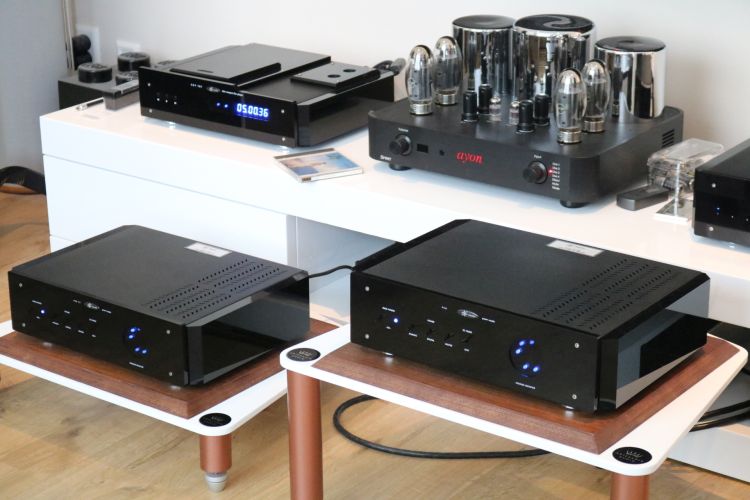
Review samples supplied by Ohm Audio
Retail price in the Netherlands, including 21% VAT:
Digicode S-192: 3.990 euro (without power supply)
PSU-218: 600 euro
PSU-S-192 / PSU-DC 192: 2.640 euro
CDP-707: 2.990 euro (without power supply)
PSU-3T: 600 euro
PSU-7T / PSU-707 : 1.990 euro
The CDP-707 is an integrated Tube CD player but with no power supply and that’s where the PSU-707 comes in. This 1.990-euro beast is the best power supply that the brand offers for this player but if you want to save costs then they also have a smaller and simpler 600-euro PSU-7T version.
The Digicode S-192 is a Tube DAC, like the CD player with no on-board power supply and for this review accompanied by the company’s best 2.640-euro PSU-DC 192 unit. As with the CD player, one can opt to save cost by going for the smaller and simpler 600-euro PSU-218 version.
As Lector makes an effort to point out, their tube designs are not simply a triode bolted onto a regular transistor- or OP-amp output stage. These are actual fully-tube designs. From personal experience, I know that there is indeed a large difference between the semi-tube output and a full-blown implementation. It’s simple: as long as there is a transistor in the signal path, it will be audible and when the last semiconductor has been removed, the real tube magic is revealed.
Based in Lombardy, Italy, Lector is a small company that builds audio equipment with the care and devotion that seems rare in these days of fully-automated circuit-board population in large factories. The products have some idiosyncracies worst of which are the illogically labeled remote control and the in part indecipherable manuals with silly translations and parts not even translated at all. But all this merely adds to the charm and is overshadowed entirely by the unit’s fabulous sound.
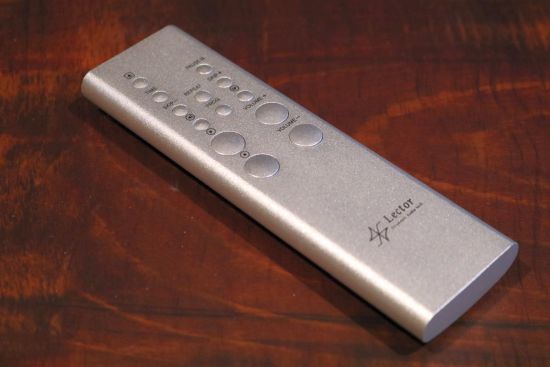
The remote control is un-ergonomic and weirdly-labeled but otherwise works just fine. Note that the <| and |> labeled buttons that look like frame back and advance symbols for a DVD or Blu-Ray player are the track skip buttons and the ones labeled “skip” are actually the search buttons, more commonly indicated as << and >>.
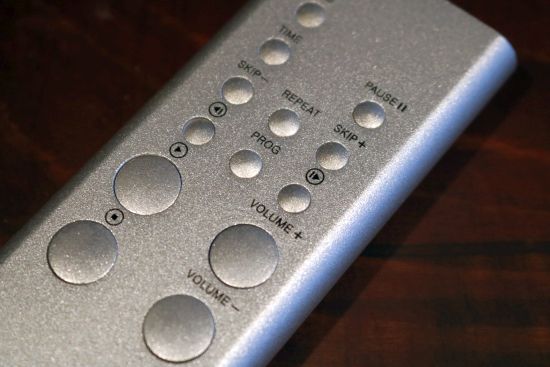
The component feet consist of nicely polished full-metal with compliant rubber inserts. The feet also have pre-drilled threads to fit spikes to suit the user’s taste. Optionally, one can add side panels in cherry wood or black acrylic and for the extra 120 euros, I would certainly do this as these further add to the component’s unique appearance, which is entirely non-conformative and, in my opinion, absolutely beautiful.
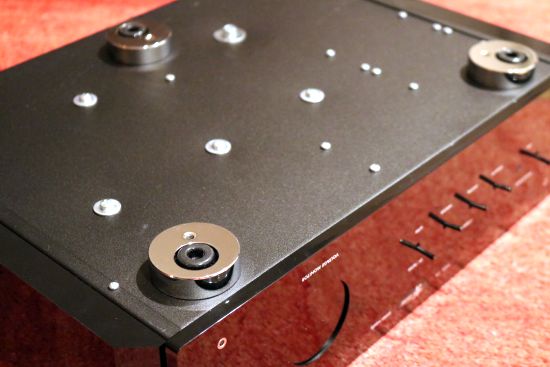
The power supply units offer independent switches for analog, digital and tube sections, allowing to leave the units switched on and almost fully-warmed-up without shortening tube life. Also, this allows the use of the CDP-707 as a pure transport without its analog parts being powered.
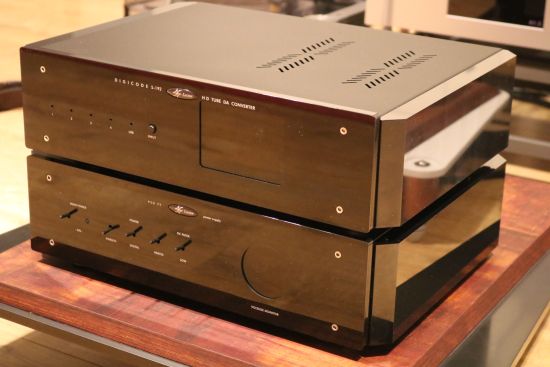
Digicode S-192 + PSU-S-192
The CD player and DAC both use BurrBrown/Texas Instruments PCM1704-K R2R multibit converters, of which the CDP-707 uses two and the Digicode S-192 uses four. Both DAC sections use DSP oversampling and a proprietary current to voltage conversion process. In the CDP-707 this is followed by an output section based around two pre-selected JJ ECC-81 tubes, one for gain and one for the output and in the Digicode S-192 DAC, this circuit is doubled for true balanced operation.
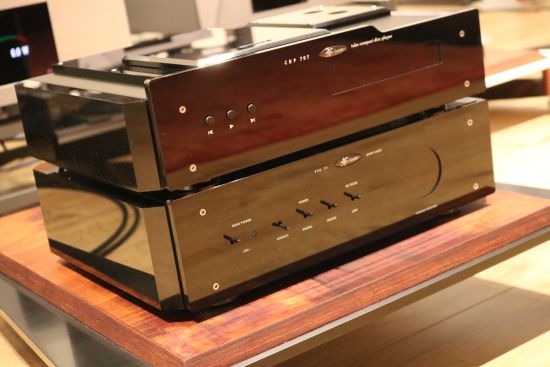
CDP-707 + PSU-7T
The CDP-707 is a CD player with a digital output but it does not have any inputs. That’s where the Digicode S-192 comes in with AES/EBU, TOSlink, Coax, BNC and USB connections. Digital signals are accepted up to 192 kHz 24-bit on all inputs, including USB. The Digicode S-192 is also equipped with a word clock input and, uniquely, an SP/DIF output. The S-192 contains a proprietary SP/DIF circuit developed in the Lector Audio lab which the company refers to as “spdif circuit reconstruction”, in short S.C.R., for which a patent is pending. In addition, the USB input is not converted by a standard solution but this is also done via the proprietary “U 2S-N” USB to SP/DIF board.
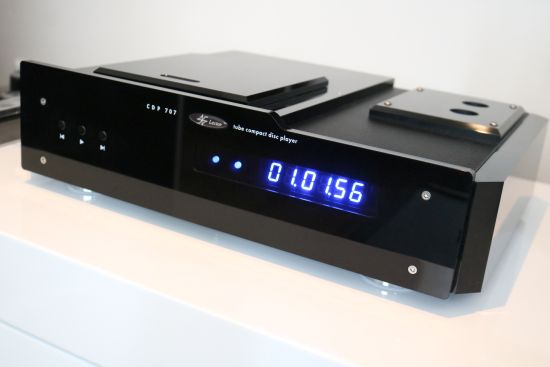
For the best sound quality, the CDP-707 and the Digicode S-192 use a high-quality, fully encased and damped mechanical relay for signal muting instead of the more common transistor. This results in soft mechanical clicks between tracks but it does not eat into the start of the tracks and is so soft as to not be disturbing.
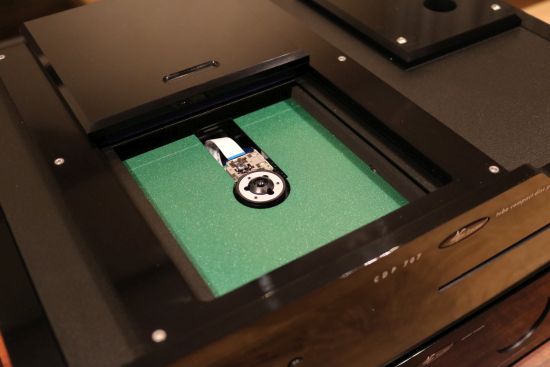
Lector also pays special attention to mounting the optical mechanism inside the CDP-707. Based on a StreamUnlimited Blue Tiger mechanism that contains a Sanyo SF-HD65 optical system, Lector has gone the extra mile by using a complicated multi-layer mounting structure that provides coupling as well as decoupling. Also added are special damping materials but only where they are beneficial such as under the transport mechanism. Clearly, Lector knows that overdamping is also not good. There are proprietary output sections not only for the analog part but even for the digital signal. Lastly, I know from personal experience that the power supply has an absolutely not to be underestimated effect on the sound of a CD transport. Here, the big PSU’s certainly prove their worth. And these are only a handful of sections where Lector made unique choices that have resulted in a very special CD transport.
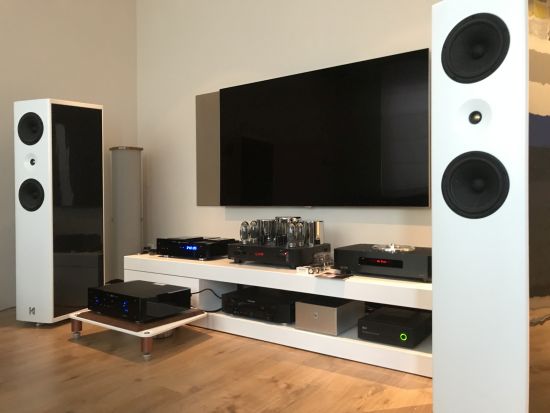
Two systems
The Lector components will be assessed twice and in two different systems.
First up is the secondary system that consists of the Ayon Spirit III integrated tube amp and the Kroma Audio Carmen speakers, connected with FoilFlex speaker cables. All the power cables are Belden and the interlinks are all AudioQuest Water.
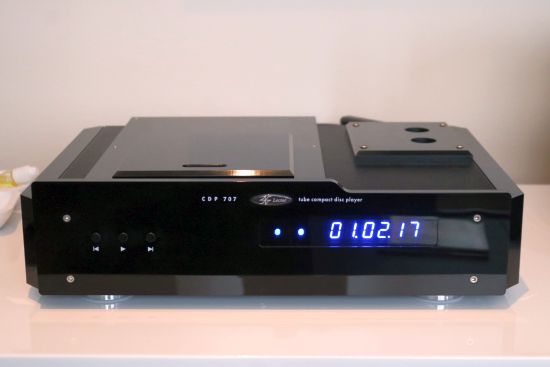
First Listening
Starting with the Lector CDP-707 by itself, this player sounds more light-footed than the Ayon CD-10 MkII but also more transparent and more refined. It’s not quite as solid or tonally full as the Ayon but even at this stage, I am already hearing what the Lector magic is about. Both players sound highly lyrical but they have a very different presentation, the Lector more audiophile and airy, the Ayon bolder and more earthy.
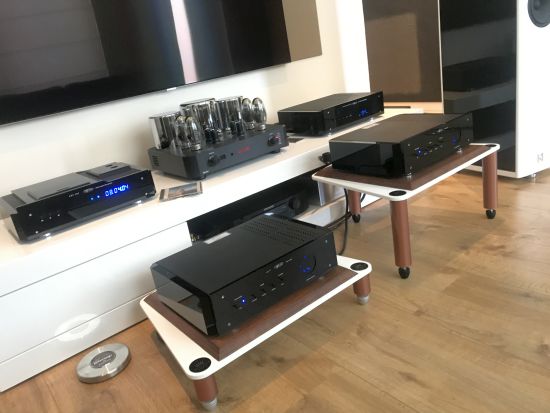
Adding the Digicode S-192 not only makes this a four-box CD player but brings the sound to an entirely new level. Gone is the thinness in the bass and the leanness in tonality, replaced by a big, lush, voluptuous and fully saturated sound. The Digicode S-192’s bass is still not quite as solid as the Ayon’s but definitely a lot fuller than the CDP-707. Fully retained is all of the player’s fluidity, transparency and refinement, while the soundstage size is increased to beyond the room’s actual dimensions. Man, I already found the CDP-707 to be magical but the sound of the four-box combo is nothing short of amazing.
As the CDP-707 by itself is leaner and tighter and its midrange is more forward, it does sound a little bit more coherent than the Digicode S-192. The latter is smoother and more laidback and less forceful in the midrange. Although both the CDP-707 and the Digicode S-192 have perfect pacing, neither too slow nor too fast, the player has slightly better PRaT. On the other hand, vocals are more realistic and much more captivating with the S-192 which, combined with its immense soundstaging abilities, makes for absolutely magical moments.

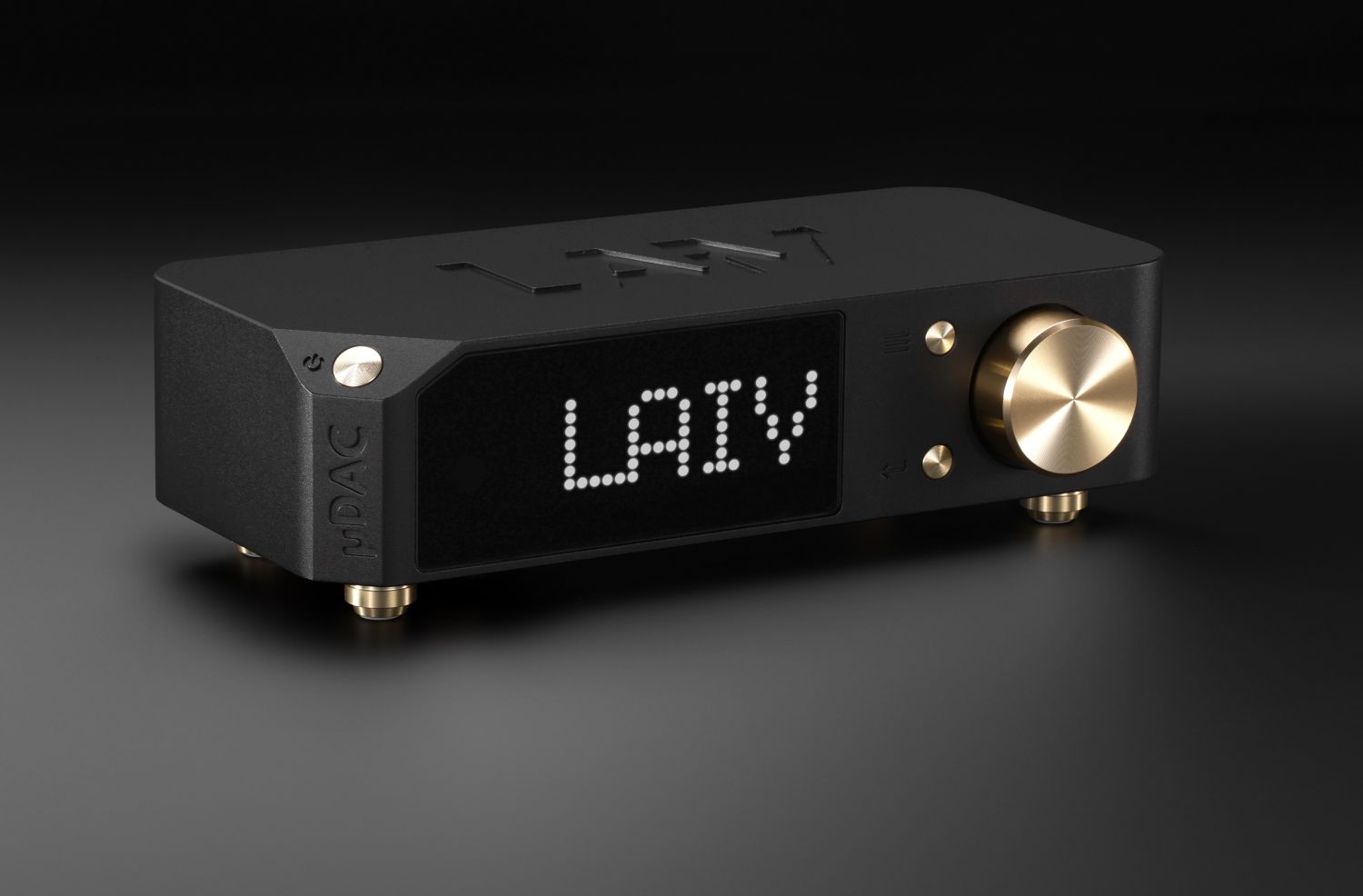






Dear Christiaan, are reading the Lector CDP707 review, I was about to order the machine… Unfortunately, the DAC section now uses an Analog Devices chip instead of the BB1706. Can I please clarify if your review product (The CDP) used the BB? Thank you. P S. The Dac still uses the BB… the CDP doesn’t anymore.
Hi Fram, I checked with Ohm Audio who checked with Lector. Here is their answer: “PCM-1704 is not available anymore, only counterfeit products on the market. We now use AD1862 which is the R2R competitor of the BB1704. Many customers say the quality is better than the 1704, better bass control and better high transparency. The new 707 also offers digital phase inversion for CDs with inverted phase. We can also update older 707 to the newer model”.